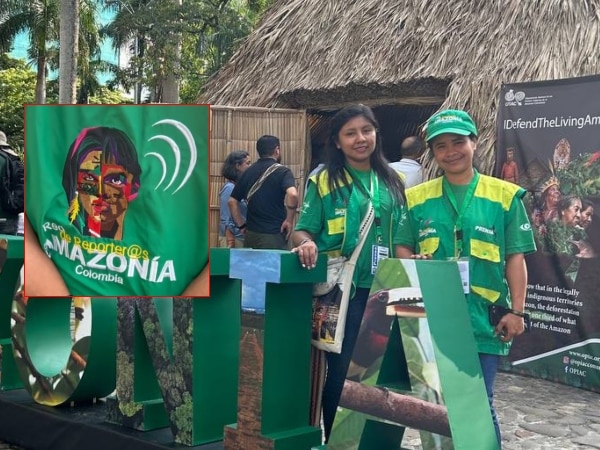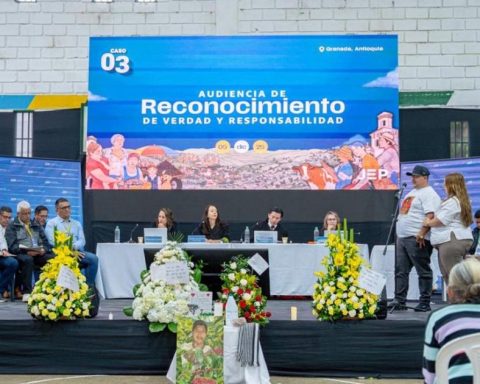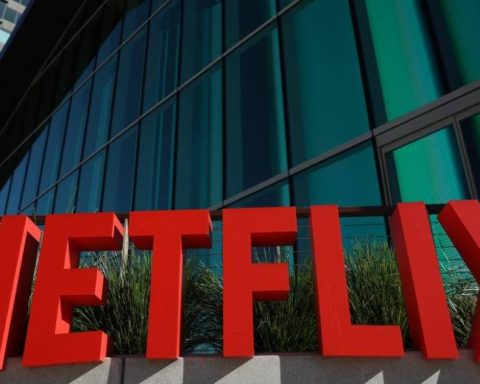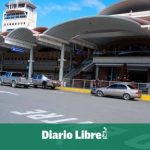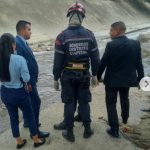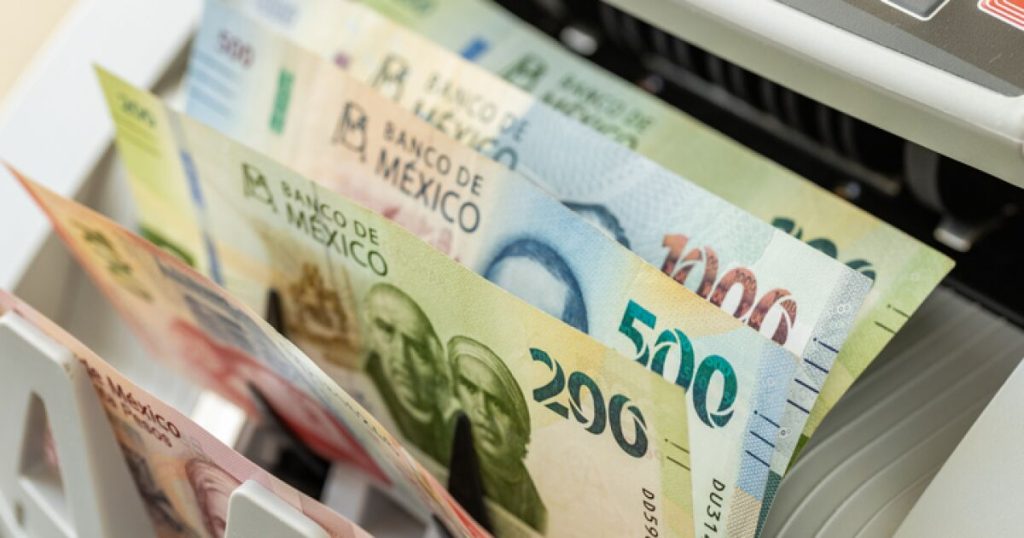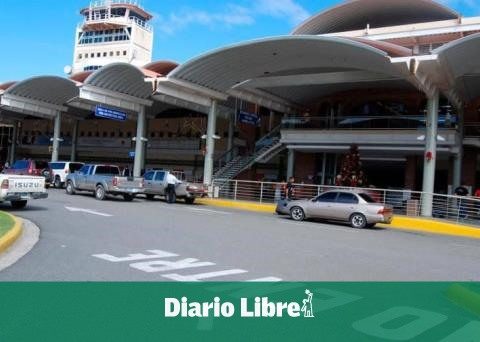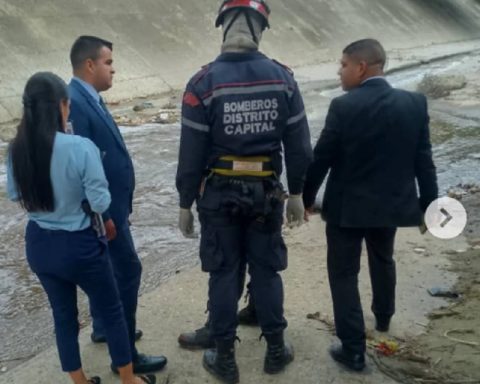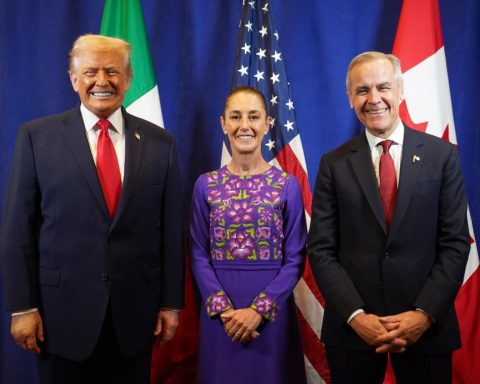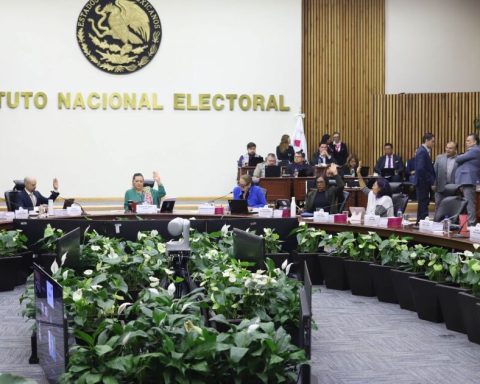The Colombian Amazon, rich in biodiversity and culture, faces environmental and social challenges that are often made invisible by traditional media. Tu Barco spoke with the network of citizen reporters who visited Cali within the framework of COP16.
News Colombia.
A network of local reporters, originating from various communities in the Amazon and Orinoco, has found a way to tell the stories that emerge from the heart of the jungle and regions far from large urban centers.
Also read:
This group, which works under the initiative of the Comunicarte collective, has managed to make visible the daily struggles of the farmers, indigenous people and entrepreneurs of these territories, while seeking to raise awareness about the preservation of the environment and the defense of biodiversity.
In a recent conversation with TuBarco, Liliana Aldana, a reporter from the municipality of San José del Fragua, Caqueta, and Yovedy Velasco, from Puerto Leguízamo, Putumayo, shared with us the experience of this network of popular journalists.
According to Aldana, the initiative began approximately a year and a half ago, when Comunicarte provided them with the training opportunity, which allowed them to give a voice to their territories through community journalism. “Thanks to them, we are learning and sharing what is happening in our communities, from difficulties to progress and achievements,” Aldana explained.

Telling what others don’t see
The essence of this project lies in its approach to popular journalism, as Yovedy Velasco calls it. The work of these reporters goes beyond the conventional approaches of traditional media. His work goes into the most remote areas, where other journalists’ coverage does not reach, and is dedicated to showing the realities of peasant and indigenous communities.
“We go beyond the headlines published by the mainstream media. We go directly to the people of the countryside, the indigenous peoples, and we approach local entrepreneurs to tell their stories and give them the recognition they deserve,” says Velasco. One of the focuses of their work is environmental sustainability and how entrepreneurs in the region are contributing to environmental conservation.

Recycling and Biodegradables as Alternatives
Network members highlight how entrepreneurs in their communities are using innovative and nature-friendly practices.
For example, many of them are adopting the use of biodegradable products and are promoting the recycling of materials, such as plastic bottles, that would otherwise contribute to pollution. “Local entrepreneurs are creating nurseries using recycled plastic bottles, which gives them a second use and at the same time helps reforestation,” says Velasco.
Additionally, many of these entrepreneurs promote organic gardens, avoiding the use of chemicals that could harm the natural environment. “People are becoming aware that from their homes they can contribute to caring for the planet, such as recycling, reducing the use of plastics and growing more responsibly,” adds Aldana.
Deforestation and River Pollution
However, not everything is positive. The network of reporters also faces the challenge of giving visibility to the problems that affect communities, especially those related to the environment.
Deforestation and river pollution are some of the most serious problems in the region. “We see how our way of living is affecting the environment. Deforestation and river pollution are affecting our health, and that drives us to look for solutions,” says Velasco.
Through their work, these reporters seek to raise public opinion about the importance of preserving biodiversity and promoting local agreements that help mitigate negative effects on the environment.
Furthermore, they emphasize that each person, from their home, can contribute to the protection of the environment through daily actions such as recycling or planting gardens.
One of the main objectives of the network’s reporters is to clear up misconceptions and provide accurate information about the Amazon, a region that is often reduced to its famous “department of Amazonas.”
A growing network of reporters
What began as a small network of local journalists has grown in recent months, covering a wide region of the Amazon and Orinoquía. “We are not just two people, we are a large network of reporters who cover a vast area of the Amazon region,” says Velasco. The reporters of this network are distributed in various municipalities, including Caquetá, Putumayo, Amazonas, Guaviare and Guainía.
Through platforms, the members of the network share their reports, publicizing the struggles and achievements of the communities in the region, in addition to raising awareness among society about the need to act against the environmental problems they face.
